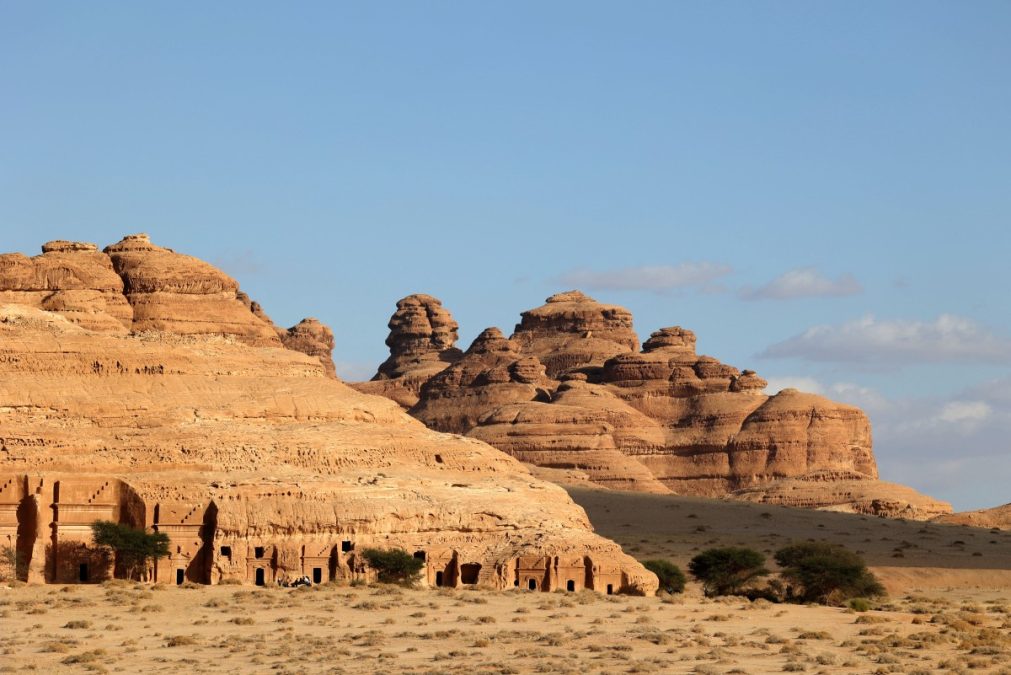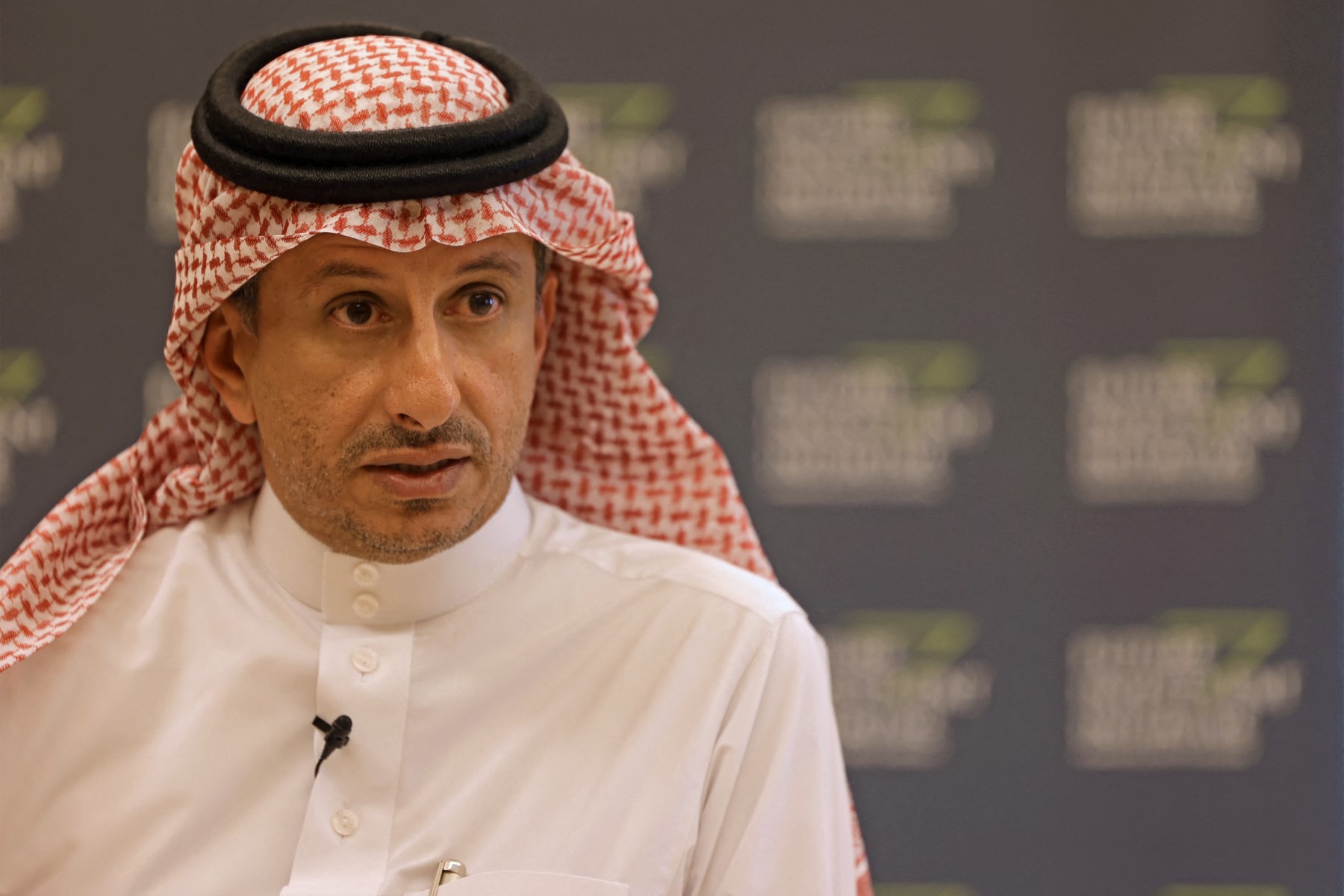Riyadh, Saudi Arabia – Saudi Arabia’s Minister of Tourism Ahmed Al-Khateeb on Wednesday announced that tourist spending in the Kingdom reached around SR150 billion ($40 billion), a 10 percent increase in both traveler numbers and expenditure compared to the previous year.
Speaking at a conference reviewing the 2024 summer tourism program, the minister mentioned that the kingdom will introduce a tourist visa next month to attract more international visitors and support sector growth. The Kingdom aims to host 150 million tourists annually by 2030, showcasing its commitment to becoming a premier global tourism destination.
Passenger air traffic in Saudi Arabia increased by 17 percent in the first half of 2024, reaching 62 million compared to 53 million in the same period last year. This growth was aided by a 12 percent increase in flights, with 446,000 recorded compared to 399,000 in the first half of 2023.
Al-Khateeb provided statistics from the first half of the year, noting, “We achieved 60 million visits and approximately SR150 billion in tourist spending.” This indicates a 10 percent rise in both visitor numbers and expenditure compared to the previous year.

He described Saudi Arabia as a “continent” due to its vast natural beauty and varied landscapes, including mountains, resorts, Red Sea beaches, and vibrant cities, positioning the country uniquely to offer a wide range of tourism products to global travelers.
“We’ve raised salaries and conducted over 100,000 training courses annually,” Al-Khateeb said. He highlighted initiatives aimed at enhancing opportunities and training for Saudis.
Al-Khateeb emphasized the critical role of the private sector in shaping the tourism landscape, noting that the tourism and travel sector worldwide is primarily managed by the private sector, and recognizing its critical role in the sector’s development.
He also discussed the significant impact of the Tourism Development Fund on building the country’s infrastructure. Since its launch in June 2020, the fund has financed over 100 projects totaling SR35 billion, including small to medium-sized ventures and larger-scale initiatives.
The minister said that in the Asir region alone, the Tourism Development Fund has allocated SR1 billion to 10 projects.
To enhance transparency and support stakeholders, the minister announced the launch of comprehensive tourism statistics on the ministry’s website, with an annual report providing valuable insights for the media and investors, detailing every statistic and figure relevant to Saudi Arabia’s tourism sector.
According to the latest data from the ministry, the total number of tourists reached 109.3 million in 2023, with 81.9 million being local tourists and 27.4 million international visitors. International tourists spent SR141.2 billion last year, while local tourists spent SR114.4 billion, bringing the total tourism expenditure to SR255.6 billion in 2023.
The minister also revealed that they achieved 153 percent growth in tourism compared to 2019, with Asir receiving 8 million tourists last year, who spent around $3 billion.








